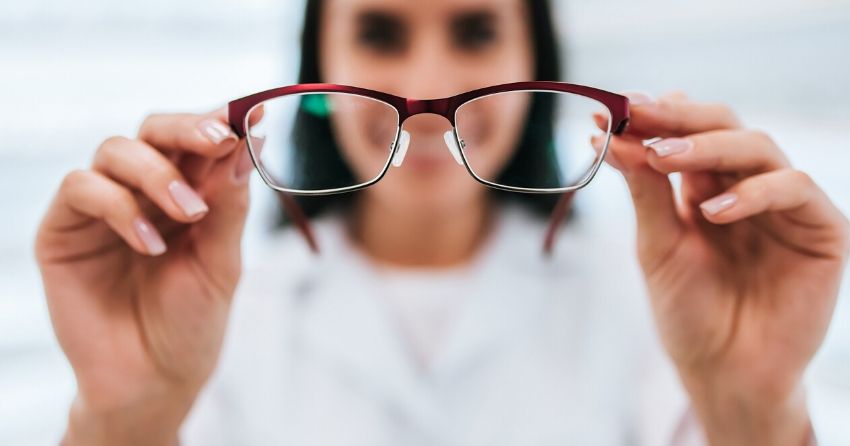Unique Fatty Acid Supplement Improves Retinal Function and Vision in Mice

-
Fats called very-long-chain polyunsaturated fatty acids (VLC-PUFAs) are found in retina of the eye, playing an important role in vision.
-
VLC-PUFAs are made in the body but rarely consumed in food or supplements.
-
VLC-PUFA supplements to mice increased lipid levels in the retina and improved visual function.
-
Next steps would be to figure out how to best deliver them to humans.
This article was posted on University of Utah News:
Scientists like the John A. Moran Eye Center's Paul S. Bernstein, MD, PhD, know a special class of lipids, or fatty acids, found in the retina of the eye and in just a few other parts of the body play an important role in maintaining vision.
But it's been difficult to study whether giving these lipids, called very-long-chain polyunsaturated fatty acids (VLC-PUFAs), to patients as a supplement could prevent blinding eye diseases like age-related macular degeneration, diabetic retinopathy, and some inherited retinal diseases. Made in the body by the ELOVL4 enzyme but rarely consumed as part of a normal diet, VLC-PUFAs weren't commercially available in enough quantities for animal or human research.
Now Bernstein and colleagues from the University of Utah's Chemistry Department have changed the paradigm, inventing a method for synthesizing large enough quantities of VLC-PUFAs to evaluate their potential sight-preserving properties. The method and the results of the first study to use it were published in Proceedings of the National Academy of Sciences of the United States of America (PNAS) this week.
The study determined that VLC-PUFA supplementation increased levels of the lipids in the retina and also improved visual function in normal mice and in mice with a defect in the ELOVL4 enzyme. While Bernstein says there's more work to be done, the results are an exciting first step."Synthesizing VLC-PUFAs opens up a whole new area of study, and these first results are very promising," said Bernstein, the paper's corresponding author. "Our results raise interesting questions about how orally administered VLC-PUFAs improve vision, how they are carried in the bloodstream, and how they are selectively targeted to the retina. The VLC-PUFA formulation, dosage, and timing of the intervention first need to be optimized, and then the underlying mechanisms will need to be defined."
Organic Chemistry Professor Jon D. Rainier, PhD, a co-author on the research, said the group is confident it can synthesize additional VLC-PUFA variants.
"There are a number of VLC-PUFA variants that are present in the human eye," said Rainier, second author on the research. "So far we have only made one member of this family, but we are confident that our new synthetic method will enable us to both synthesize and study the other variants and by doing that get a much better idea of what it is that each of the individual VLC-PUFAs do."This study was published in PNAS in February 2021.





